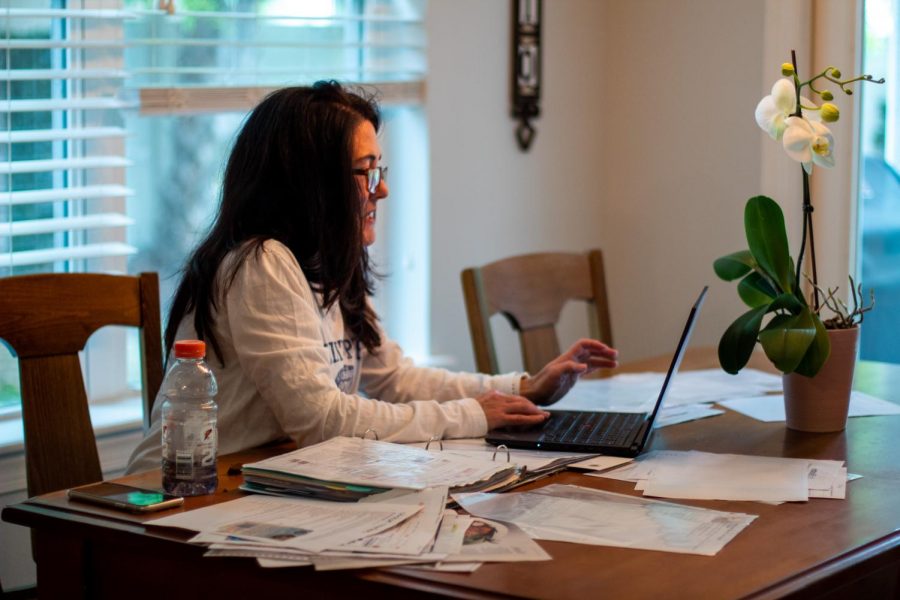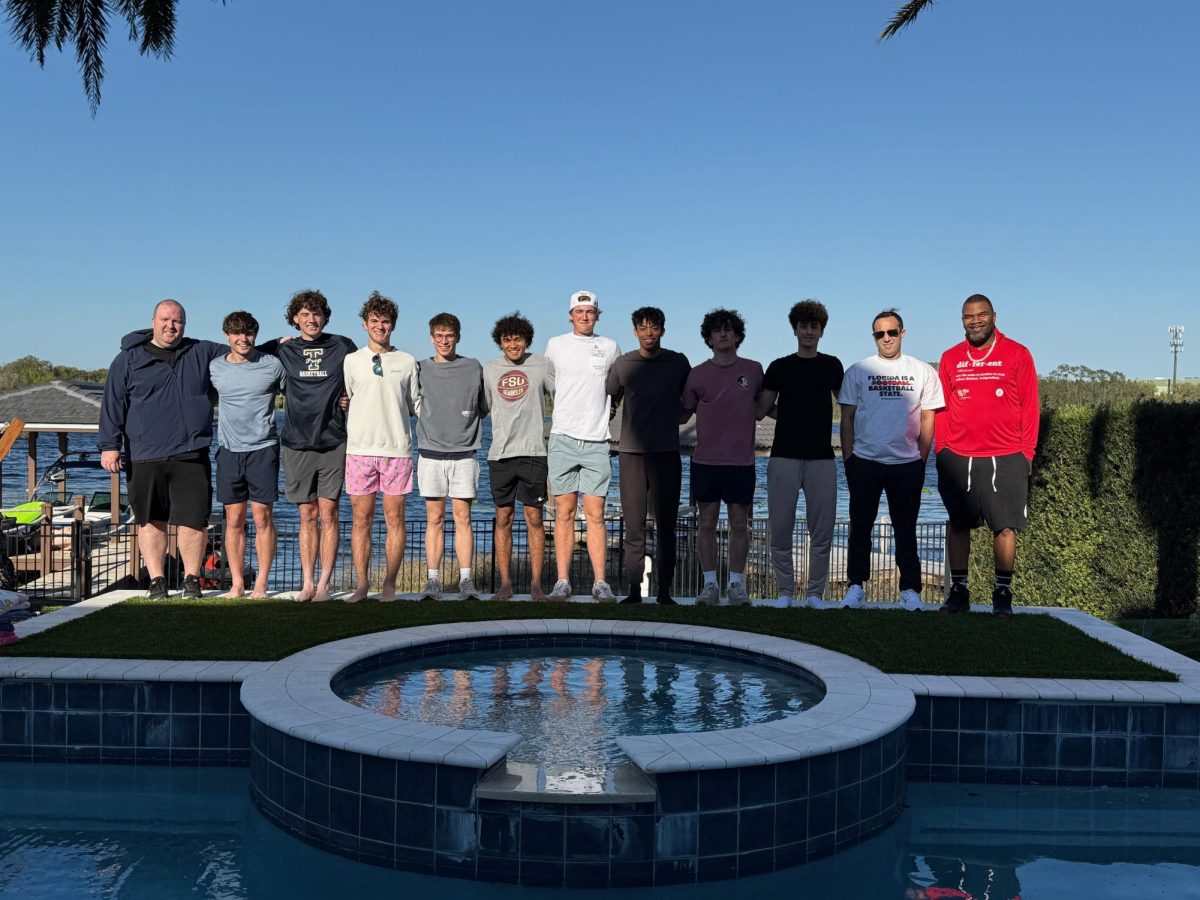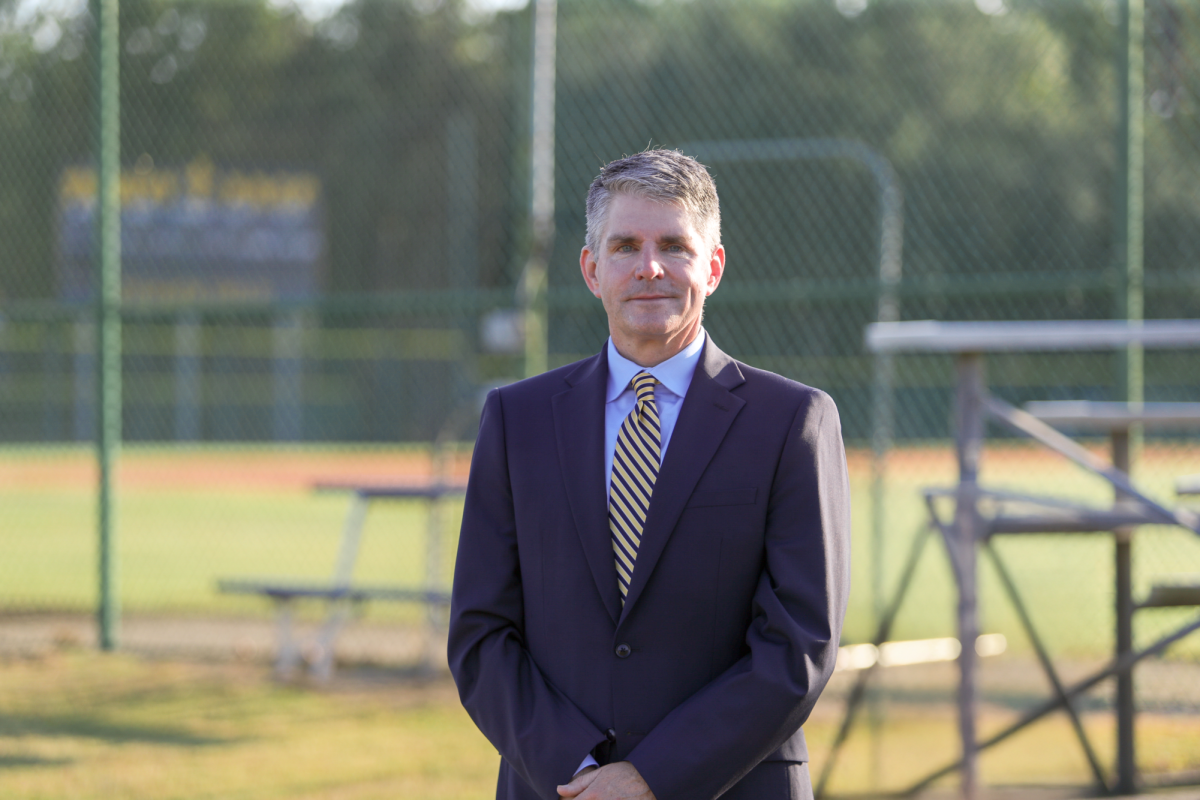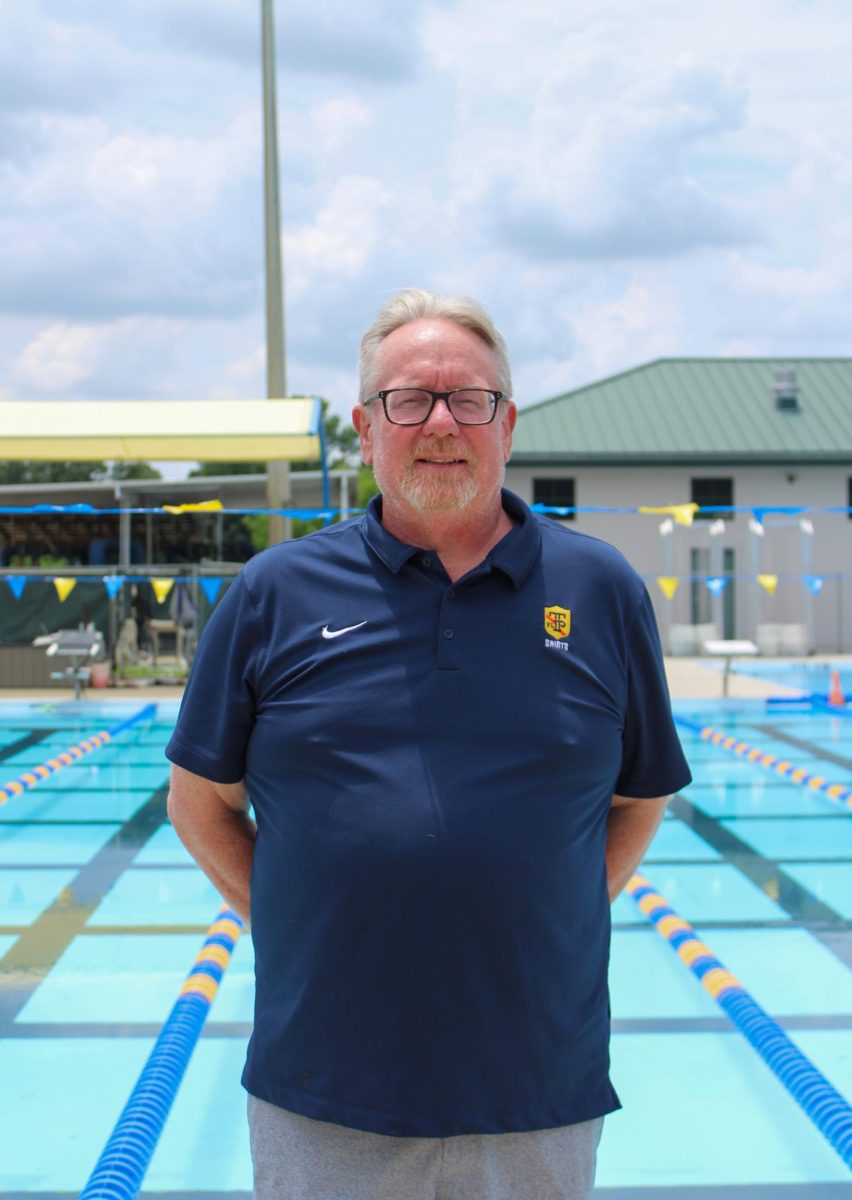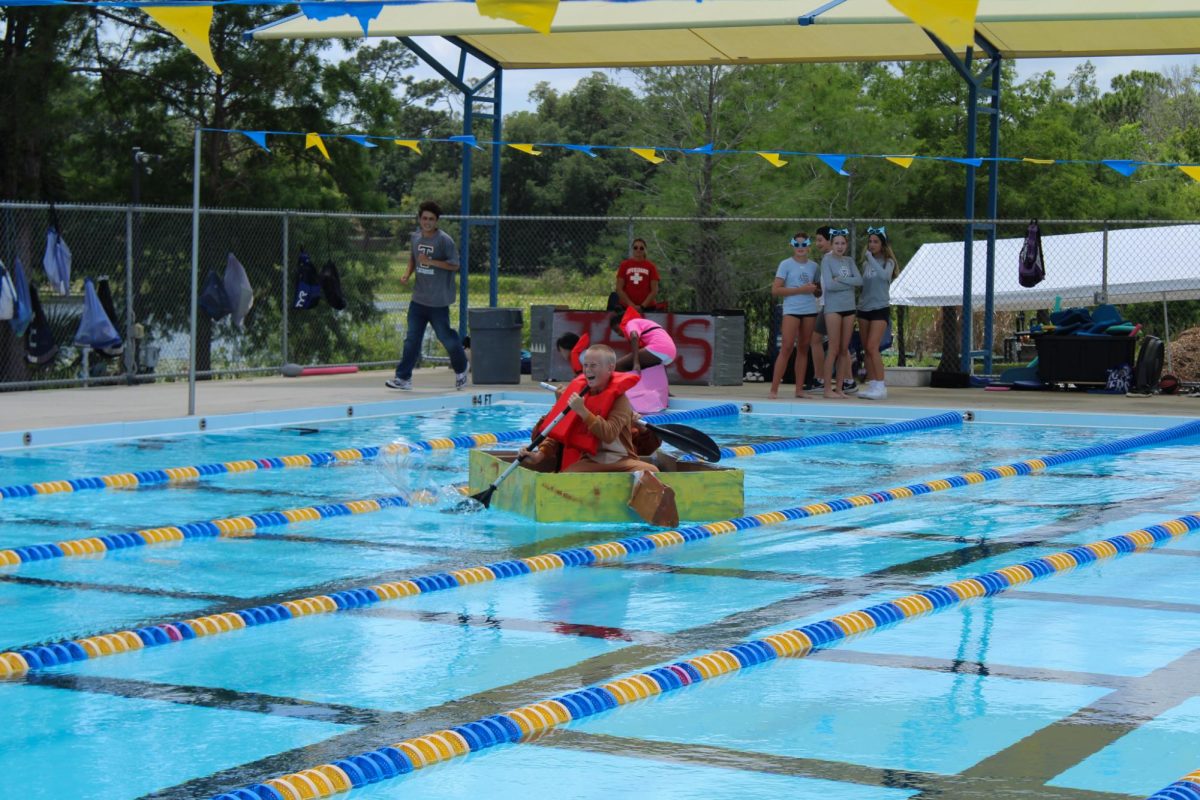As a result of COVID-19, Trinity Prep closed its campus on March 23 and transitioned to remote learning. In the past, Trinity’s faculty have had to make small changes and adjustments to the curriculum because of natural disasters like hurricanes. However, teachers have never faced a change as major as this one.
Trinity’s administration chose to use the Google Meets platform to conduct classes because it provides the best way for teachers and their students to communicate virtually.
“We tried to leverage tools we already use like Canvas and others, as well as introducing a few new tools for making learning happen,” Director of Learning and Instruction Stephanie Dryden said.
The administrative team has spent many hours preparing to make this transition as smooth as possible for the whole Trinity family. On March 23rd and 24th, teachers were briefed with the guidelines of virtual learning and began the process of learning and implementing their new teaching technology. However, with any new system, glitches are expected to occur.
“Because we are using new technology and the students are new to it, we have had a little bit of a learning curve,” Science Teacher Emily Massey-Burmeister said.
In addition to the actual technology, Trinity decided to alter the class schedule to provide longer and more meaningful online instruction. Utilizing a block schedule for Monday through Thursday (BCBC) allows teachers to present lessons and give out assignments more effectively.
“Trying to meet virtually with the combination of face-to-face conversation and asynchronous work is going to be much more effective in a block period than in a 44 minute period,” Dryden said.
Depending on the class, teachers are structuring their lessons in innovative and practical ways.
For example, Latin teacher Kyle McGimsey is structuring his lessons unconventionally. By splitting up his students into groups of 5 or 6, he gets more individualized interaction, which better mirrors a classroom setting.
Some teachers are preparing or assigning lesson videos that their students can watch on their own schedule.
“In Honors Algebra II I have been making videos for my lessons,” Mathematics Teacher Shannon Bergman said. “However, in Geometry, their textbook comes with premade videos so the students watch those.”
English teacher Jay Jay Stroup has found the transition relatively easy because she conducts her virtual and physical classes very similarly.
“As an English teacher, the material and the way I teach has a natural shift to online,” Stroup said. “We are continuing projects, continuing workshopping and having discussions on Google Meets.”
For some subjects, the transition is more difficult. The science department has lost some elements of its curriculum, especially labs. Without essential tools like microscopes and other equipment, science students cannot perform most labs.
“There are some labs I just cannot do,” Massey-Burmeister said. “The kids do not have the resources to make the items that they would need, so we are most likely going to have to scrap those labs.”
Instead, some science teachers are asking students to gather materials from around their homes for labs.
Of course, remote learning is not ideal, as teaching in a physical classroom provides a more interactive learning experience for students than a screen does.
“When you are in the classroom and you can see the students’ faces and have that interaction, you know when you can speed up and when you should slow down and on a video, you have no clue,” Bergman said.
Another disadvantage of virtual teaching is the absence of class discussions and analysis.
“Not being able to have the same in-depth conversations is my biggest obstacle,” Stroup said.
On April 20th, Trinity followed the lead of Florida’s public schools and announced that remote learning will continue through the end of the school year. However, there are still unanswered questions regarding final exams and grading.
Like their students, it is difficult for teachers to work with this uncertainty.
“We don’t know what’s going to happen,” Stroup said. “We just have to take it day by day.”




